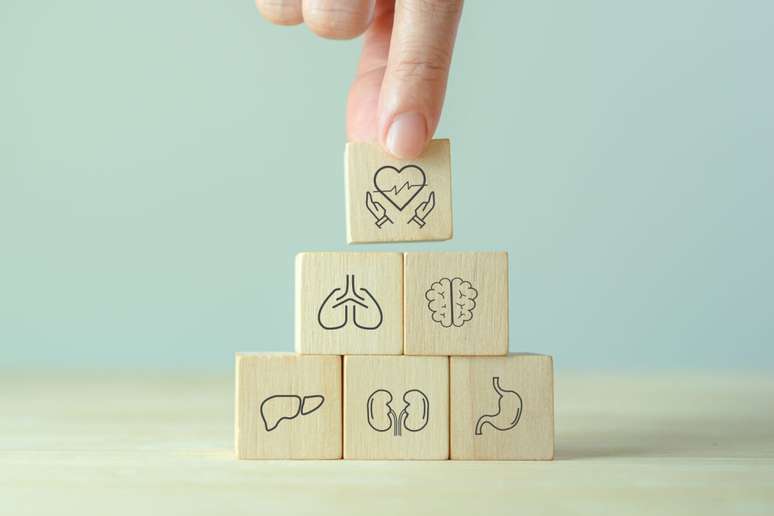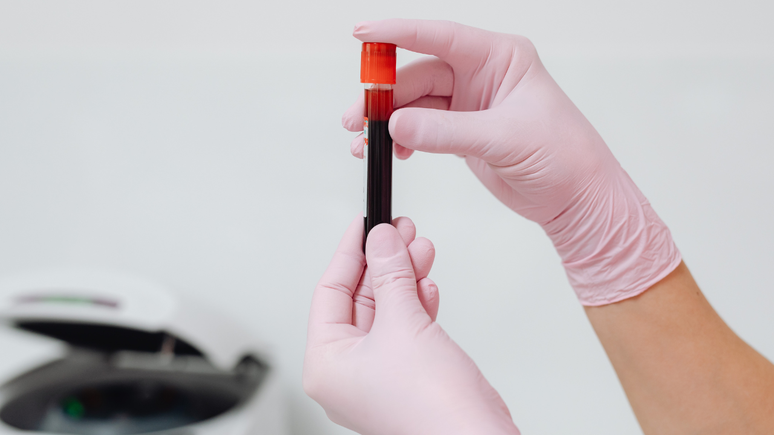Clarify the doubts about the subject is fundamental so that more people can benefit from this gesture that can save lives
The donation of organ is a gesture of solidarity that can transform the pain of a loss of life expectancy for many people waiting in the transplant line. However, despite its importance, there are still many myths and disinformation that surround the topic, making families hesitate to this act of generosity.
Subsequently, Raquel San Borato, professor of the Anhanguera College nursing course, clarifies the main myths and truths on organ donation. Check!
1. Organ donation damages the body
Myth. According to Raquel San Borato, one of the greatest myths is to donate organ It will make the body damage after death. “This is totally false. The process of removing the organs is performed only by specialized medical teams, ethically and respectfully, preserving the integrity of the donor’s body,” he explains.
2. Only young and healthy people can donate
Myth. Another point often questioned is the age or health of the donor. “Nor is it the idea that only young and healthy people can give. In fact, anyone, regardless of age, can be a potential donor. The medical evaluation is careful and defines, based on technical criteria, which can be used organs and fabrics”, explains the teacher.

3. The person must inform the family about the intention to be a donor
REAL. Raquel San Borarato also underlines that recording the intention of being a donor of organs is fundamental. “In Brazil, family consensus is mandatory. Therefore, talking to the family of desire to donate organs is as important as recording as a donor,” he says.
4. The diagnosis of brain death is rigorous and safe
REAL. The professional underlines that brain death is a rigorous medical diagnosis, regulated by the Federal Council of Medicine (CFM) and confirmed by exams and opinions of experts. “This process guarantees full safety and seriousness before any donation decision,” he adds.
5. A donor can save up to eight lives
REAL. The donation of organs saves life. “A single donor can benefit from up to eight people and improve the quality of life of many others with fabric transplants, such as corneas and bones. The correct information and awareness is essential tools to increase the number of donors “, concludes Raquel San Borato.
By Bianca Lodi Rieg
Source: Terra
Ben Stock is a lifestyle journalist and author at Gossipify. He writes about topics such as health, wellness, travel, food and home decor. He provides practical advice and inspiration to improve well-being, keeps readers up to date with latest lifestyle news and trends, known for his engaging writing style, in-depth analysis and unique perspectives.








